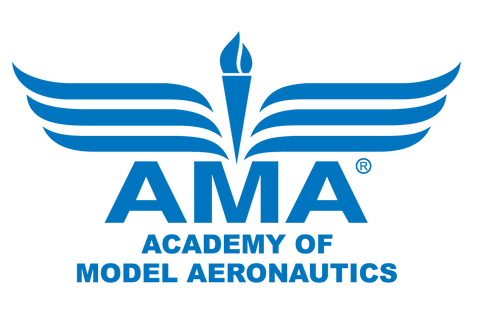Contact

Design and Construction: The drone is typically constructed from lightweight materials like plastic or foam to keep costs down and increase durability. Its design is often compact and streamlined for agility in the air. Propeller guards may be included to protect the drone and surrounding objects from damage during crashes, making it ideal for beginners.
Flight Features:
- Stability and Control: Equipped with gyroscopic stabilization and intuitive controls, the drone offers stable flight even in light wind conditions. This stability makes it easier for beginners to learn how to fly.
- Altitude Hold: A built-in altitude hold feature helps maintain a steady height without constant manual input, making it easier to focus on flying and capturing footage.
- Headless Mode: Headless mode simplifies flight controls by orienting the drone relative to the pilot's position, rather than its own orientation. This is particularly helpful for beginners who may struggle with spatial awareness.
- One-Key Takeoff/Landing: Simplifies the process of launching and landing the drone, reducing the chances of accidents during these critical phases of flight.
- Multiple Speed Modes: Allows pilots to adjust the drone's speed to match their skill level, with slower speeds for beginners and faster modes for more experienced flyers.
Camera and FPV (First Person View): Many low-cost drones come equipped with a basic onboard camera that can capture both photos and videos. While the camera quality may not rival higher-end models, it's sufficient for capturing aerial footage for recreational purposes. Some models may also offer FPV capabilities, allowing pilots to see a live video feed from the drone's perspective on their smartphone or dedicated FPV goggles.
Battery Life and Charging: The drone typically comes with a rechargeable battery that provides around 10-15 minutes of flight time per charge, depending on factors like wind conditions and usage of features like the camera. Spare batteries are often available for purchase separately, allowing for extended flying sessions.
Controller and Connectivity: The drone is usually controlled using a dedicated remote controller that communicates with the drone via a radio frequency (RF) connection. Some models may also offer smartphone app connectivity for additional features like FPV streaming and flight telemetry.
Price Range: Low-cost RC drones can range anywhere from $20 to $200, with the price varying based on factors like build quality, features, and included accessories.
Overall, while low-cost RC drones may not offer the advanced features and performance of their higher-end counterparts, they provide an accessible entry point into the world of drone flying, offering hours of fun for pilots of all skill levels.
 |
Contact Us Hemet, California, USA |

